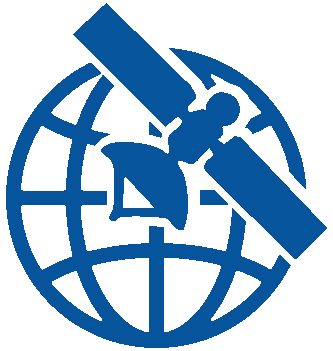Earth Observation
Unlocking reliable information for better decision-making
Now There’s a Smarter, Faster, Easier Way to Order Satellite Imagery!
Introducing CSDS' Satellite Imagery Online Ordering Platform—your streamlined solution for finding and requesting Earth observation data in just a few clicks.


Introducing
Satellite Imagery Online Ordering Platform
Search. Validate. Request.

Introducing
Satellite Imagery Online Ordering Platform
Search. Validate. Request.
Tired of back-and-forth emails and manual processes? CSDS brings you a modern platform designed to simplify how you search for and request satellite imagery.
Whether you need high-resolution data for a single site or multiple areas, it puts you in control—with faster access, smarter previews, and a smoother experience from start to finish.
Your team may now process requests more efficiently, improving communication and speeding up delivery.
Just type a location, click points on the map, or upload a reference file to define your area of interest. This online platform will instantly show available imagery—so you can search, validate, and place your order with confidence.
Key Features:
- Fast-Loading Image Previews
View available imagery in seconds—faster than any platform we’ve tested. Quickly confirm image quality before ordering. - Multi-AOI Search
Search multiple areas of interest (AOIs) in one session—no need to start over for each location. - Shareable Links
Share your search session with teammates to align and approve before placing an order. Streamline internal collaboration. - Smart Filtering and Sorting
Filter by date, resolution, cloud cover, and more to zero in on exactly what you need—fast.
Discover Our Satellite Imagery Ordering Platform!
More control. Less guesswork. Faster turnaround.
Start exploring today and experience how easy it is to order the imagery you need—without wasting time.
Check out the video and see how easy it is to use our new satellite imagery online ordering platform.
Earth Observation (EO) is the process of gathering information about the Earth’s physical, chemical and biological systems using remote sensing technologies, such as satellites, airplanes, and drones. The data collected includes images and measurements of various environmental parameters such as temperature, precipitation, vegetation, land use and land cover, among others.
One of the key benefits is that it can provide critical information for decision-making in a range of industries. For instance:
- EO can provide valuable insights for the energy sector, such as monitoring the condition of infrastructures, like power lines and transmission grids, as well as vegetation growth and risks. This can help utilities optimize distribution and vegetation management activities, reduce costs, and improve reliability.
- In agriculture, EO can help farmers monitor crop growth, identify areas of stress, and optimize irrigation and fertilizer use. This can lead to increased crop yields and reduced costs, protect the environment, and ultimately drive profitability.
- EO enables infrastructure companies to monitor and assess the condition and performance of their assets, such as railways and airports. This can be used to identify potential issues or failures and provide an opportunity to take preventive measures. Decision makers in these industries can optimize the location and design of their projects, minimizing environmental impact and maximizing efficiency.
- EO is also used in risk management to develop emergency response plans and protect public safety. Resources can therefore be managed more efficiently. For example, satellite imagery can be used to monitor water levels in rivers and floods, monitor wildfires and assess the damage, and optimize energy use in buildings.
- By leveraging satellite or aerial imagery and other types of data, companies can develop new products and services, such as precision agriculture tools, smart city solutions, and environmental monitoring systems. These insights can also be used to support scientific research and discovery in areas like climate change, oceanography, and biodiversity conservation.
Earth Observation provides valuable information for decision-making and drives business by improving efficiency, reducing costs, and creating new opportunities for innovation and growth.
Applications
- Utility vegetation and asset mapping and management
- Forest inventory and monitoring
- Urban planning
- Natural resource identification, mapping and assessment
- Environmental and sensitive ecosystem mapping and monitoring
- Crop identification and mapping and health monitoring
- Hydrologic mapping and network correction
- Flight simulation
- Agriculture and agricultural insurance
Products
- Satellite imagery and derived products
- Up to 30 cm multispectral satellite imagery
- Digital Terrain Models and Topographic Maps
- Orthoimagery and seamless orthomosaics
- Customs maps and projects
- And much more!
Services
- Utility vegetation management
- Monitoring and change detection
- 3D modeling
- Emergency image acquisition (e.g., flood or fire)
- GIS data modeling
- Imagery order desk and expert advice
Satellite Images Samples
Below are several image satellites samples available for download. Most of the files are very large. Please check the file size before starting the download.
Still have questions?





